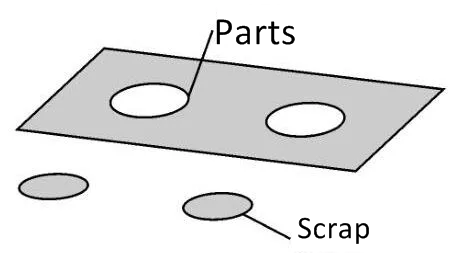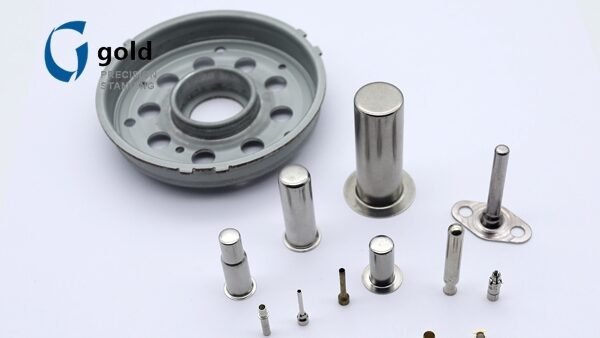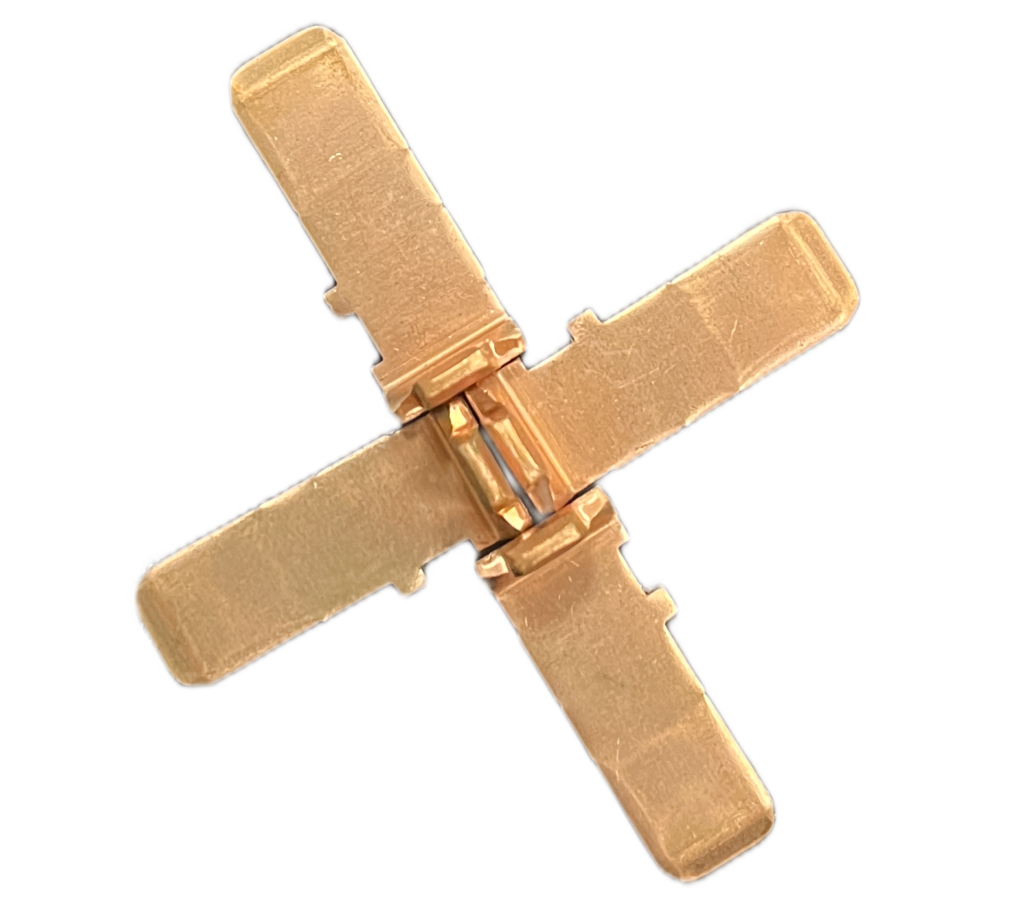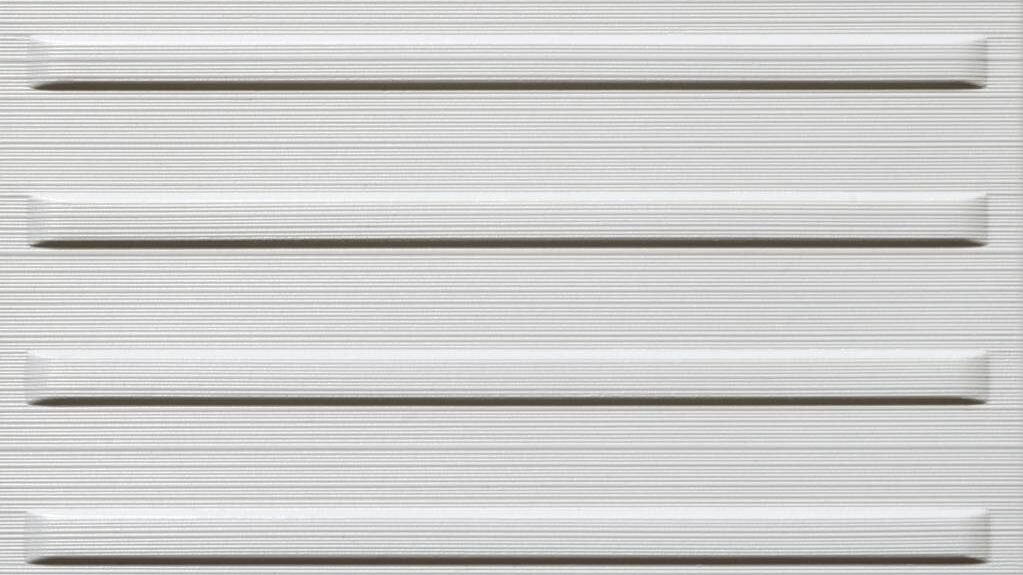Depending on the shape of the component or product, metal stamping involves a diverse range of processes, each different than the other. These processes are used to achieve sophisticated and meticulous designs for parts and products in a variety of industries ranging from aerospace, consumer products, automotive, aviation, electronics, food and drink, etc. It’s not often likely that one metal stamping methodology is used to create a single component because every process involves making a specific design.

A lot of stamping techniques involve processes such as coining, drawing, embossing, etc. Each technique involves a blend of processes to achieve the desired component. All of these methodologies are performed at room temperature, often involving minimal to zero heat. Metal stamping is typically a cold-forming manufacturing process that involves the use of several tools and equipment such as stamping machineries, dies, etc. to form complex shapes and appearances.
In light of this, we’ll discuss some of the most popular metal stamping processes that manufacturers use.
1. The Piercing Method
Piercing is a common type of metal stamping process. A metal sheet is fastened in place or more accurately, a workbench. Using different tools and machines, a hole is formed into the sheet metal, developing a series of different hollow regions on the sheet. Piercing is a bit different in the sense that after the metal sheet is punched, the part with the holes is removed and isn’t used again.
In order to ensure that there are no deformities in the metal sheet, the piercing has to be a continuous process. The area surrounding the punched holes has to be accurately designed. The machines used in this metal stamping process are built with high carbon steel and have to be thoroughly maintained so that there are no dull or blunt areas, which could possibly deform the shape of the metal sheet.

2. The Blanking Method
There aren’t a lot of differences between blanking and piercing – however, one big difference is that the sheet with the punched holes isn’t thrown away. It’s the punched sheet that is the final component. A lot of metal stamping companies typically perform blanking before doing anything else on the project. After blanking is done, manufacturers then proceed to other metal stamping stages such as coining and blending.
Blanking essentially involves fabricating the sheet – and is usually done on small or medium-sized metal sheets that are cut from bigger pieces. This is a particularly beneficial process when it comes high-volume manufacturing because it’s easy and results in making quality and precision-based cuttings.
However, there are some instances where the metal sheet may contain undesired edges or burrs. This is a common issue; however, the sharp edges and burrs are eventually removed through several processes such as heat deburring, manual deburring, and/or vibratory methodologies.

3. The Drawing Method
When it comes to metal stamping, some manufacturers also use what’s known as a drawing process. The method essentially involves securely fastening the ends of the metal sheet (opposite ends). The next step is to place the metal sheet atop a die machine that has a cross-section shape. Through a powerful punching process, the die machine creates a punch, pushing the sheet onto the machine. This helps develop the cross-section shapes of the machine, adequately deforming the metal sheet to match the requirements.
The drawing method can also be categorized as two other processes known as deep drawing and shallow drawing. These are both similar processes that achieve a desired depth on the metal sheet. For example, in the shallow drawing process, the radius of the main metal sheet will always correspond to the draw’s depth, meaning its going to be equal.
On the other hand, deep drawing basically involves making cup-shaped cuttings from the metal sheet, forming different products. In deep drawing, the total radius of the metal sheet is considerably smaller compared to the depth that’s going to be made.

4. The Coining Methodology
The coining method in metal stamping is a typical process manufacturers use to create coin shaped products and components. The coining methodology involves a “closed die” manufacturing technique. This is where the metal sheet is used as a whole or is stamped in parts. The process involves two separate dies that are positioned to gradually close in together on the opposite ends of the metal sheet, forming a coin shape.
One of the best benefits of the coining methodology is the fact that it’s highly effective in manufacturing a wide array of metal components and products with a varying number of tolerances. It’s also a relatively straightforward technique that can quickly and reliably produce deformations on the product (which are usually permanent). This is essentially what makes the component or products highly resistant against deep physical abrasions and strong impacts.

5. The Lancing Methodology
The lancing technique is entirely different from both blanking and piercing methodologies. How? Well, lancing involves a unique metal stamping process that doesn’t require removing any metal pieces from the sheet. The punch and die processes are programmed to make a deep slit on the metal surface. What this does is avoid producing any metal scrap – for example, metal slugs that need to be disposed off or removed in the post-processing stage.
One of the primary reasons manufacturers use the lancing methodology is that the process helps create a wide variety of unique and custom-ordered designs and shapes using different types of metals. For example, it is typically used to create components and parts that need to be used for applications such as openings, vents, tabs, and much more.

6. The Embossing Methodology
Metal sheet embossing is another unique technique that is used to design raised surfaces on a specific region of the metal sheet. Embossing can be created using two different ways – either by a die set or a machine. The embossing methodology is mainly used to create parts and components for a variety of different applications depending on the complexity of the design desired and its forms. For example, some of the best instances where embossed parts are used include metal coverings, engine hood, engine housing, door frames, steel plates that are chequered, and much more.
The embossing technique can be used on different metal surfaces, however, the most popular type of metal that is used in this process is aluminum. That’s mainly because the metal is very machinable. Plus, the material is durable along with lightweight, two great features that help make the embossing process even more efficient and effective.

Important Factors to Understand in the Metal Stamping Process
Metal stamping techniques are extremely useful when it comes to metal fabrication. With that being said, each process is mentioned as per the complexity of the technique. For example, quick and straightforward processes such as blanking, or piercing are typically known to be the initial level of any project. These processes are then accompanied by other processes to form the finished product.

On the other hand, sophisticated stamping procedures such as deep drawing, lancing, coining, and/or embossing are primarily used to create sophisticated designs that don’t need to be machined throughout their production lifecycle.

All in all, metal stamping is an extremely vital and future-proof process, critical for a wide array of industries. The process is used to manufacture daily consumer products as well as bigger components and parts that are used to make vehicles and whatnot.


